A 13th-Century Ring Was Just Found in Perfect Condition
In the serene landscapes of Kalmar, Sweden, a discovery that would excite historians and archaeologists alike has been made. Among the remnants of a time long past, a gold ring in nearly pristine condition has been unearthed.
This piece, lost for centuries, offers a unique glimpse into the lives of those who once roamed the medieval streets during the 15th century.
The Medieval City of Kalmar
Kalmar, with its rich history, serves as a time capsule for medieval life. Located in southeastern Sweden, this ancient city has recently been at the center of an extensive archaeological endeavor.
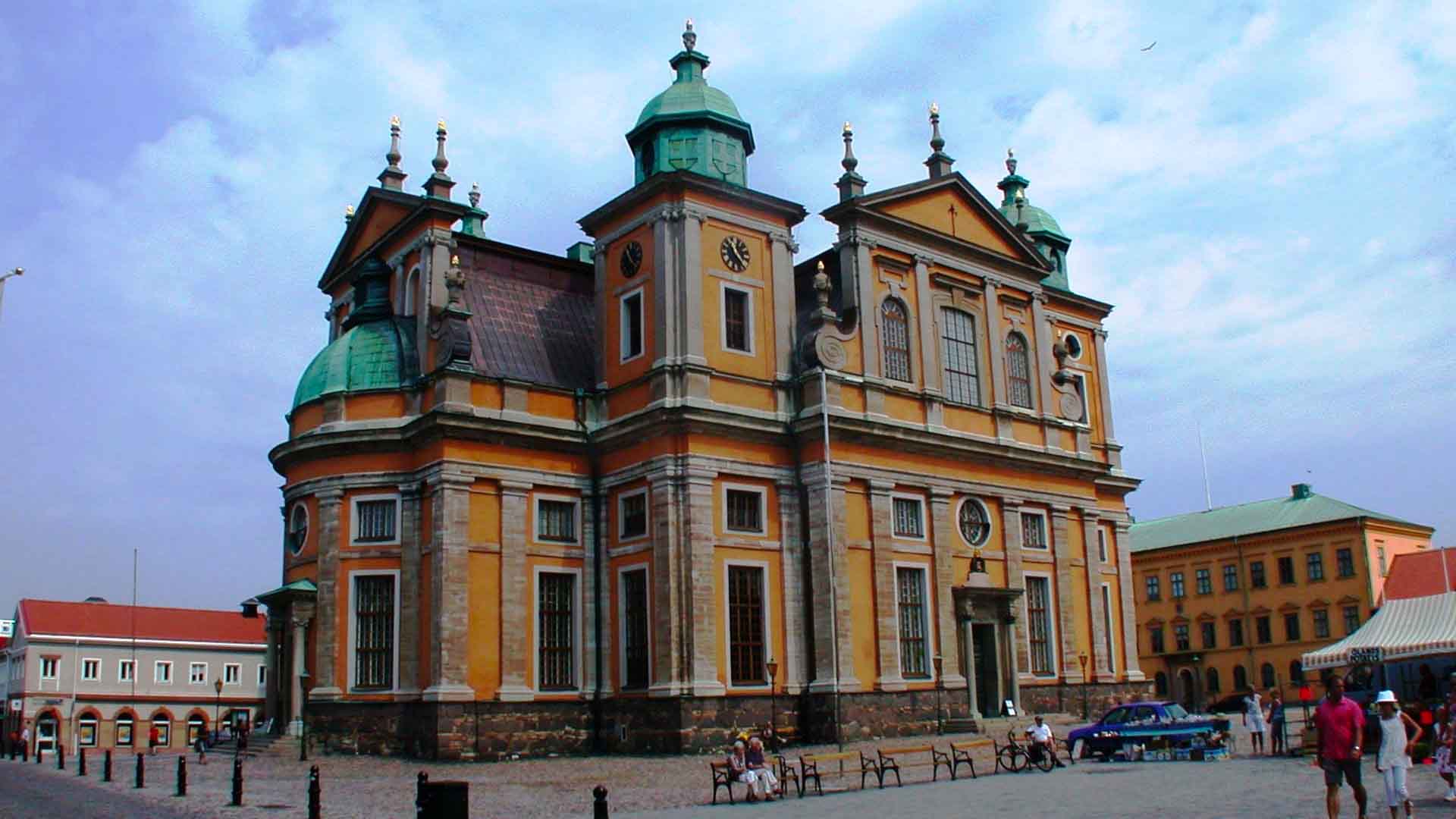
Source: Riggwelter/Wikipedia
The discoveries made here have shed light on the everyday lives of its inhabitants, from their daily routines to the challenges they faced, providing a vivid picture of a bustling medieval community.
The Excavation Begins
The two-year excavation project led by the National Historical Museums of Sweden turned the quiet city of Kalmar into an archaeological hot spot. Nearly 30,000 objects from the medieval era were uncovered, revealing stories that have been buried for centuries.
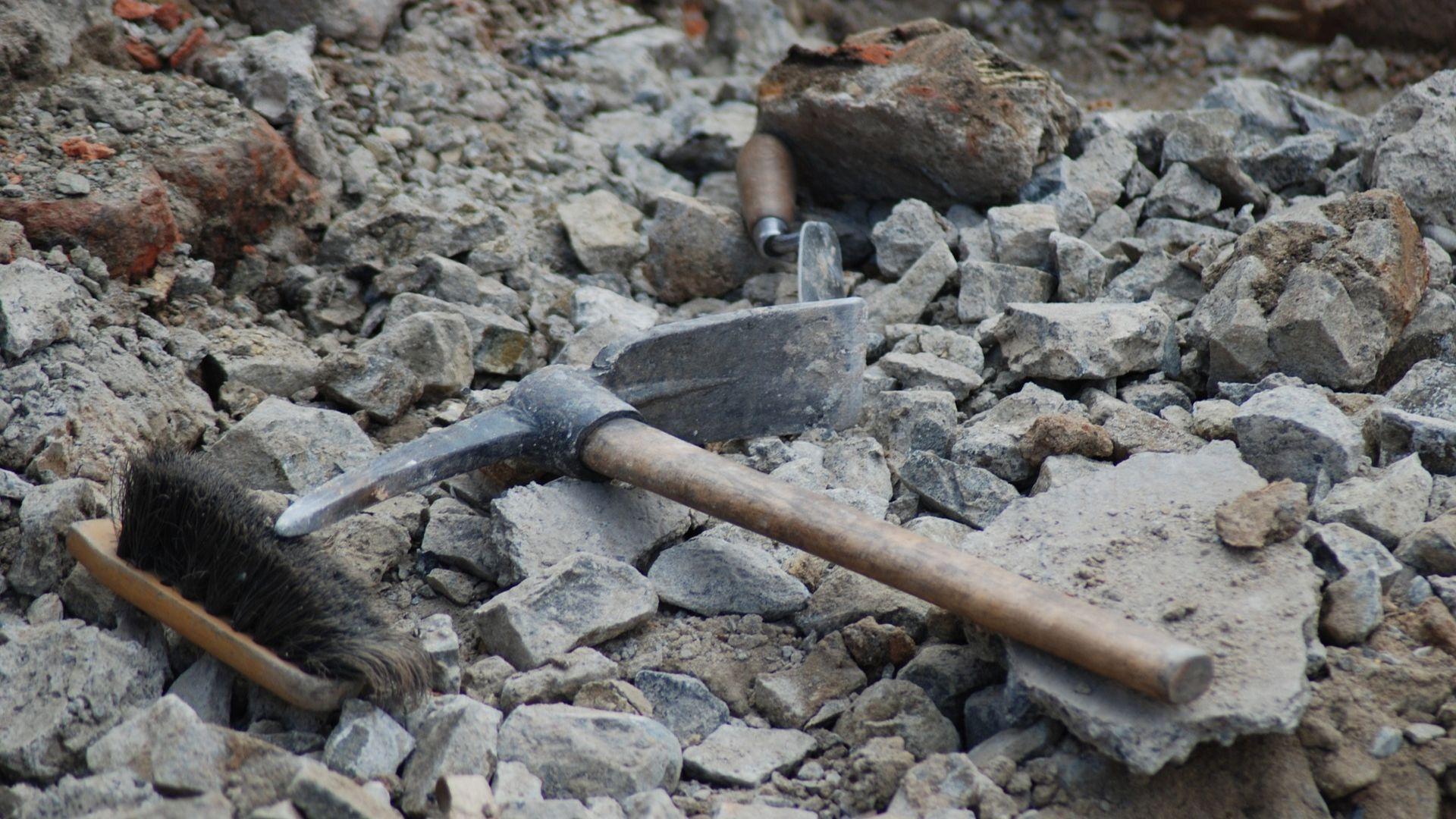
Source: Jumbuk73/Pixabay
Magnus Stibéus, the project manager, noted the findings went “beyond all expectations,” offering unprecedented insights into the city’s medieval past (via Fox Weather).
A Ring from the Past
Among the multiple artifacts was a gold ring, carved with the figure of Christ, dating back to the early 15th century (per Yahoo).
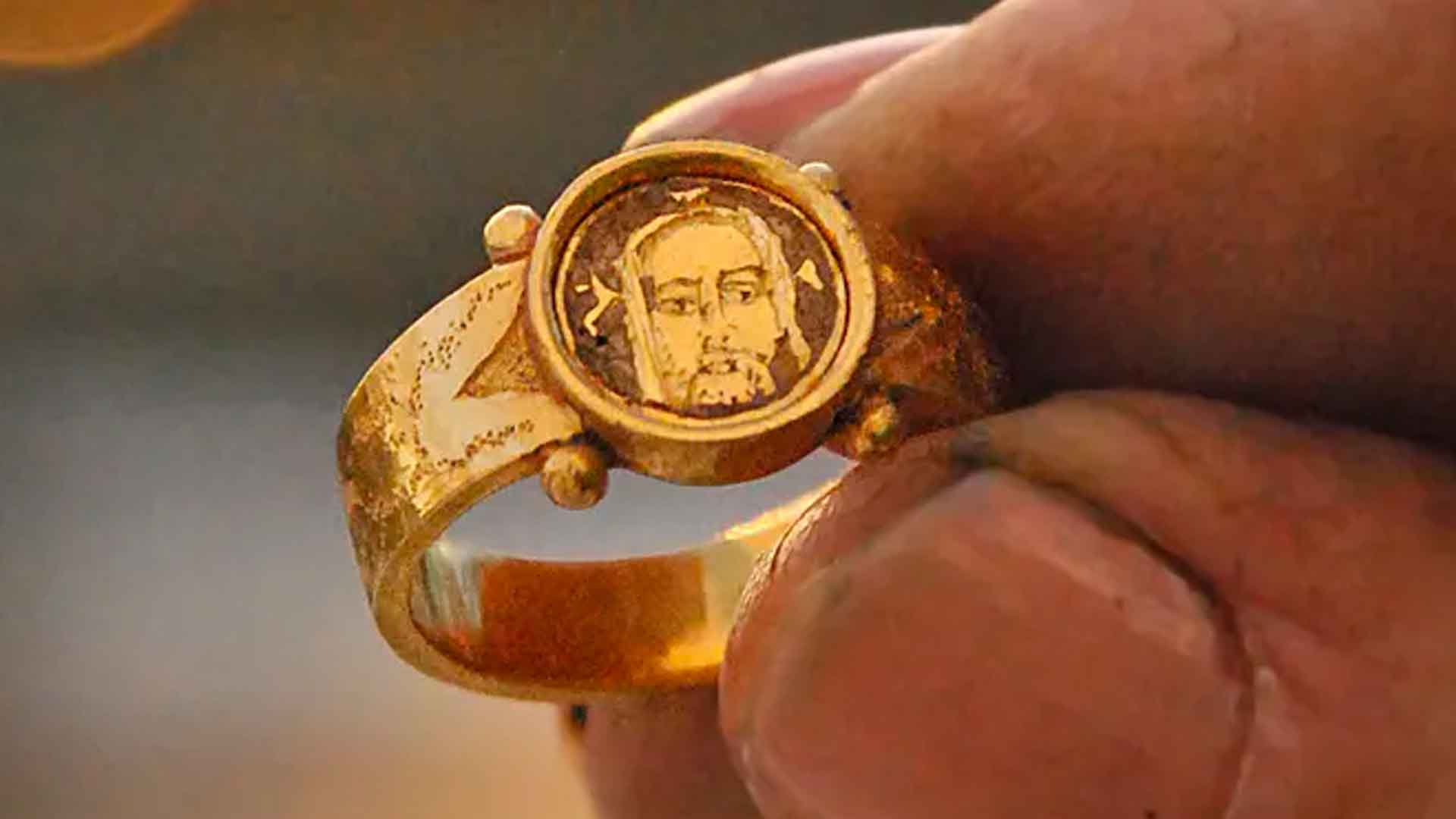
Source: Frida Albinsson, Archaeologists/National Historical Museums
Its near-perfect condition has intrigued researchers and history buffs alike.
The Mystery of the Owner
Experts speculate that the exquisite piece of jewelry may have belonged to a woman, given its size and design. “Probably someone was unlucky and lost the ring 500 years ago,” Stibéus said.
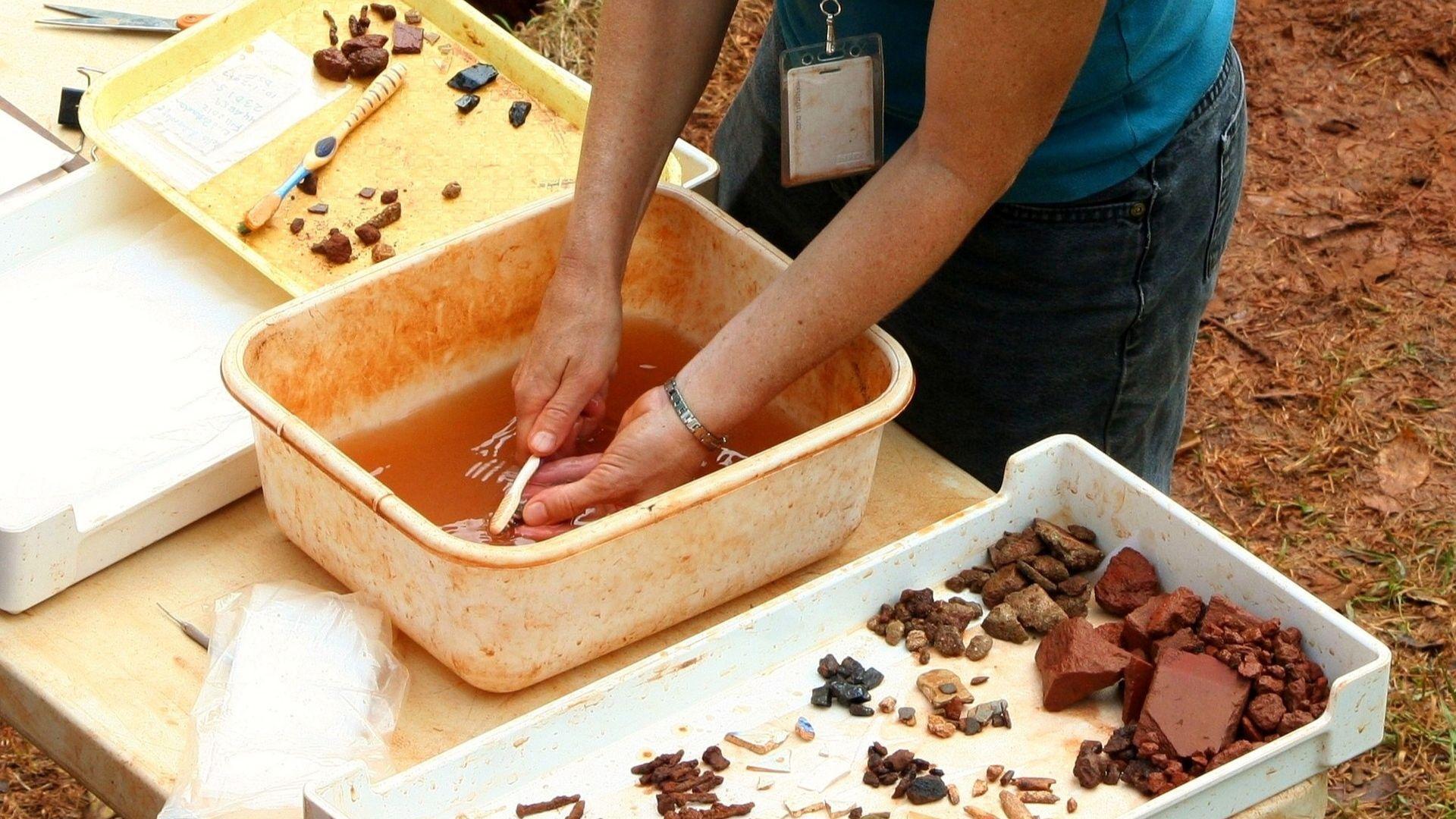
Source: JamesDeMers/Pixabay
The ring’s near-perfect condition suggests it was lost rather than discarded, adding a layer of mystery and potentially personal tragedy to its history.
The Ring's Near-Perfect Condition
How did a 13th-century gold ring remain in such perfect condition for over 500 years? Theories suggest that the ring’s preservation could be due to the materials used, gold’s resistance to corrosion, and the conditions of its resting place.

Source: Trnava Universty/Unsplash
Perhaps buried in an environment that shielded it from the elements, the ring avoided the typical wear and tear of time. This particular discovery not only highlights the craftsmanship of medieval jewelers but showcases the enduring beauty of their work.
The Alsengem's Tale
Another captivating find was an alsengem, an artifact often referred to as a pilgrim’s amulet. Dating between the 13th and 14th centuries, this artifact illuminates the religious and secular practices of the time.
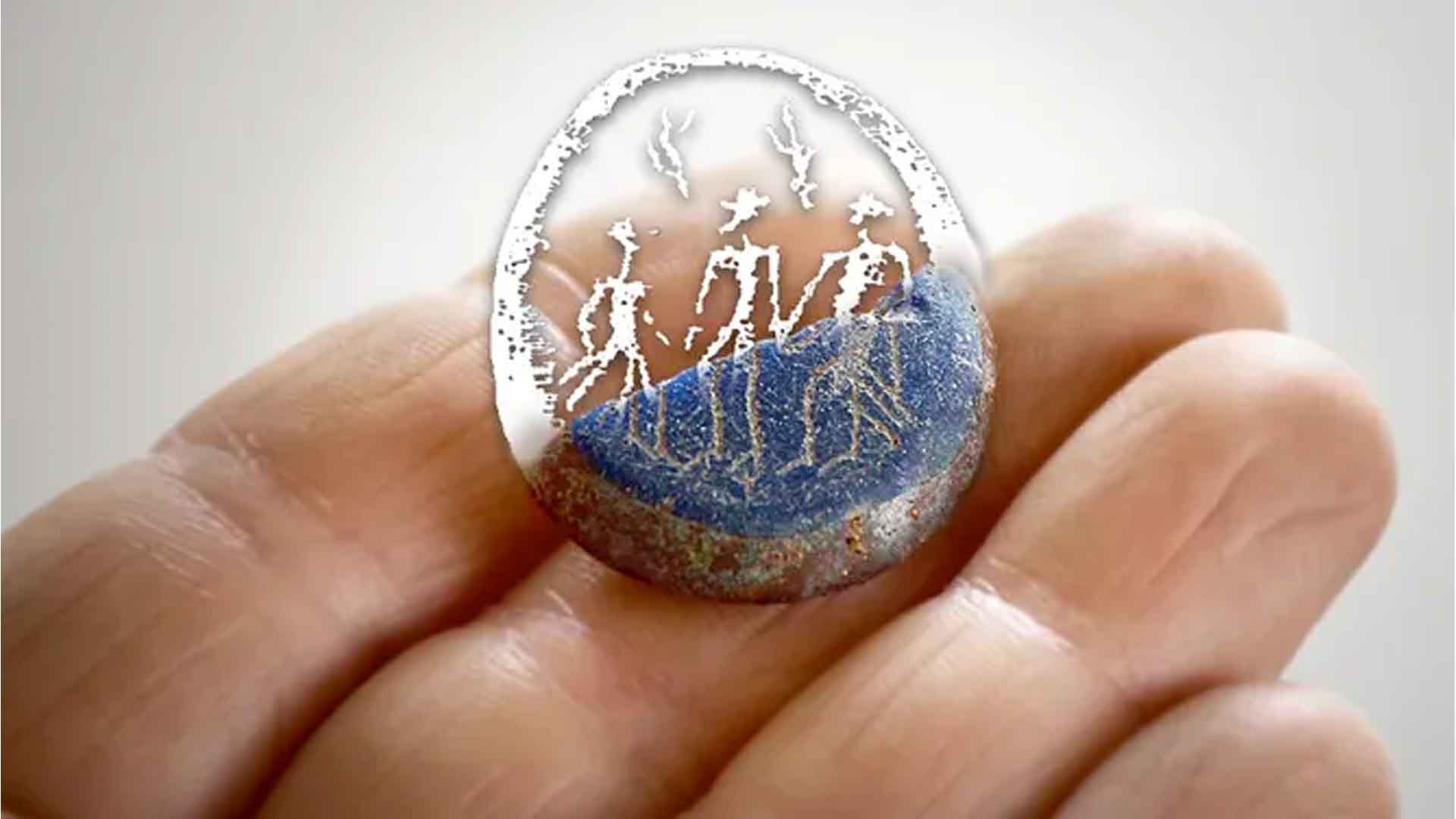
Source: Frida Albinsson, Archaeologists/National Historical Museums
Often associated with protection for travelers, the alsengem features three carved figures, highlighting a blend of faith and daily life in medieval Scandinavia.
A City Revealed
The excavation revealed more than just individual artifacts; it unveiled the city itself. The remnants of 50 medieval plots, 10 streets, and portions of the ancient city wall in Gamla Stan were uncovered.
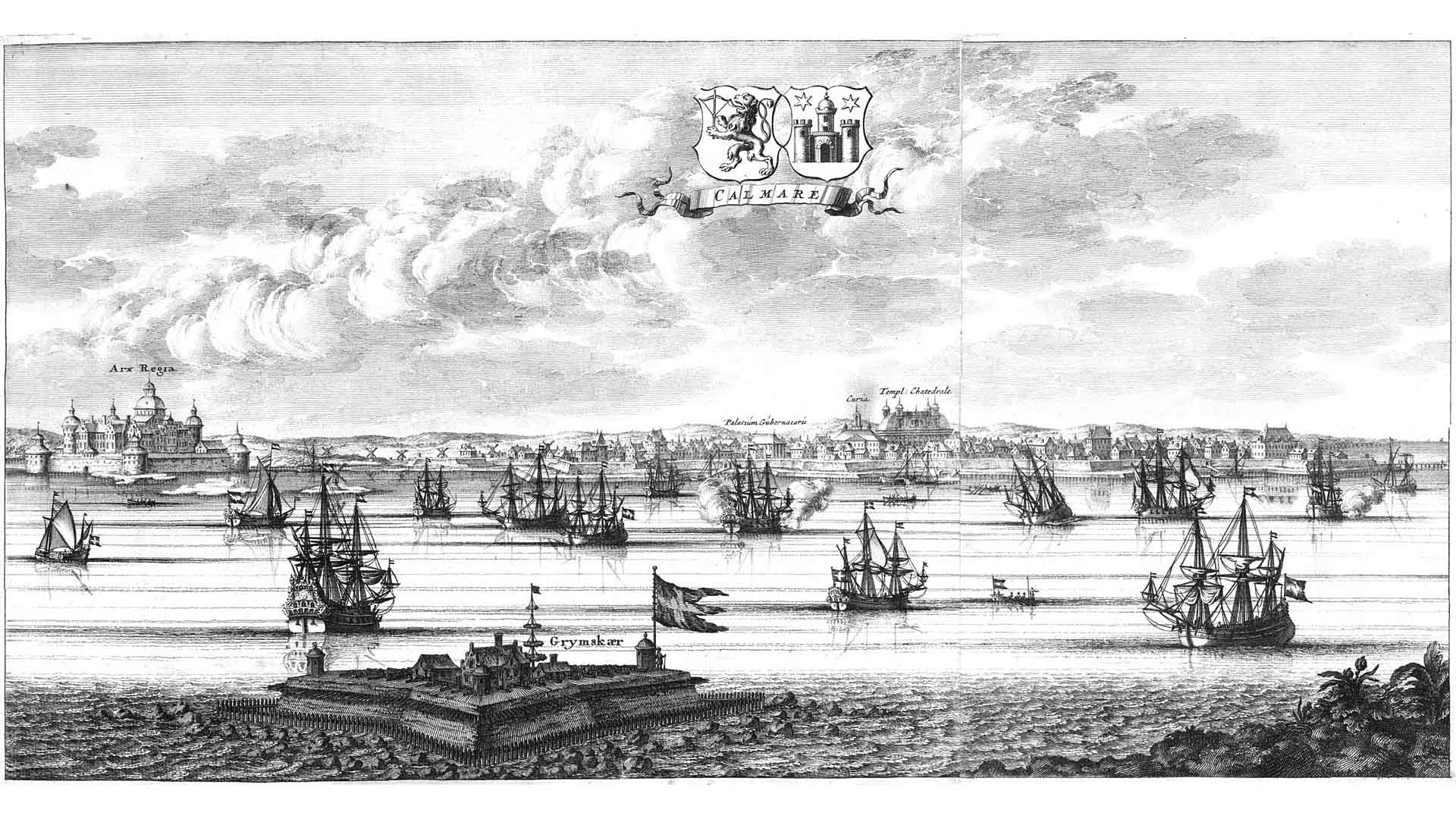
Source: Erik Dahlbergh/Wikipedia
These findings allow researchers to walk the paths once trodden by medieval Scandinavians, providing a clearer picture of urban life in the Middle Ages.
The Impact of War
The shadows of the Kalmar War loom over the city’s history. Artifacts from this tumultuous period, including cannonballs, musket balls, and swords, tell a story of conflict and resilience.

Source: Adobe Stock
This evidence of wartime scenarios further sheds light on the impact of historical events on the daily lives of Kalmar’s inhabitants during the time.
The Symbolism of Finds
The discovery of rune stones and limestone fragments with animal ornaments offers insights into the spiritual and artistic expressions of the time.
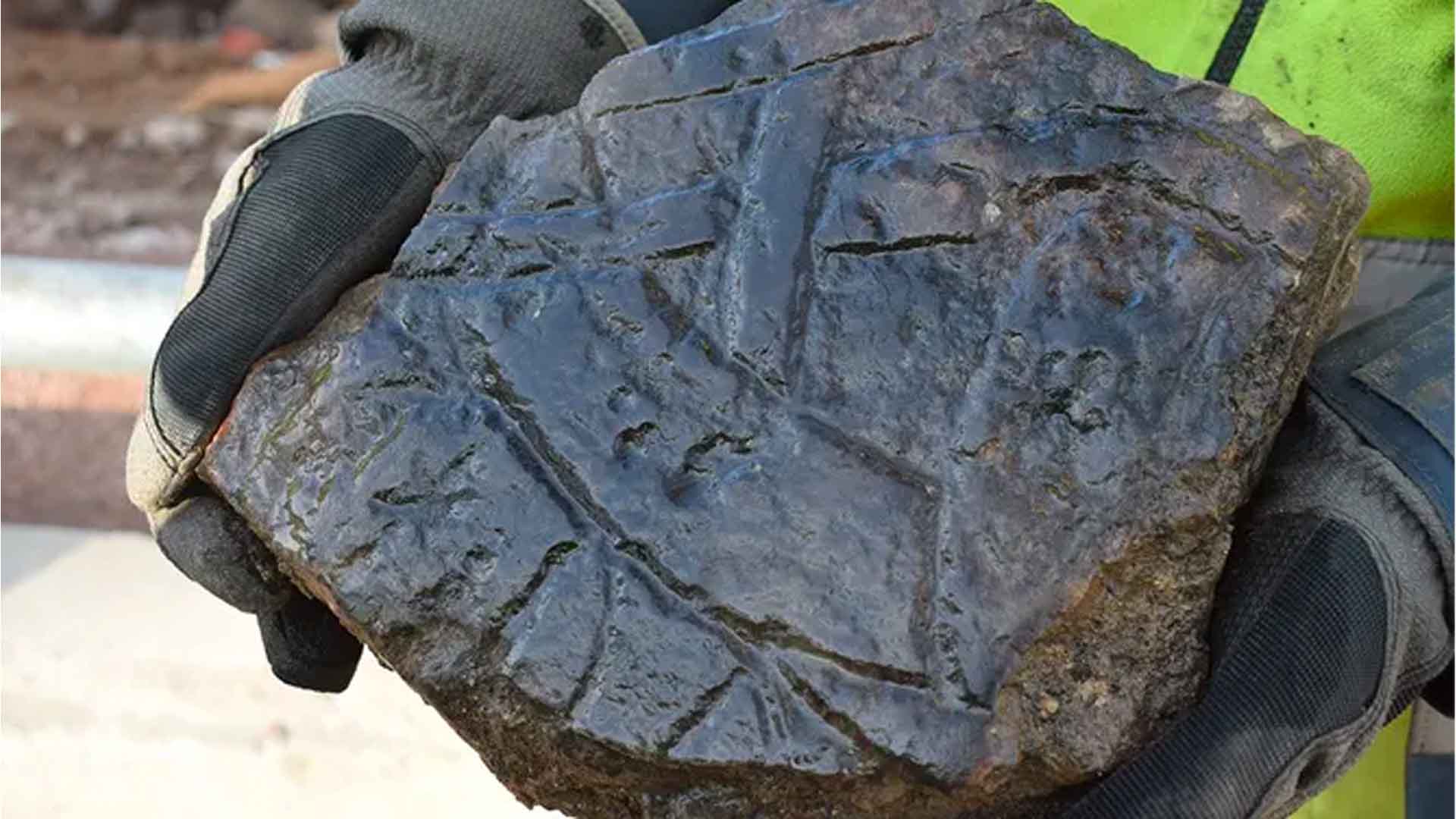
Source: Magnus Stibéus
Found in burial sites and monuments, these artifacts speak to the cultural beliefs and practices of the era, enriching the understanding of medieval Scandinavian life.
The Continuous Journey
The work in Kalmar is far from over. The ongoing excavations promise to unveil even more about the city’s history, as archaeologists continue to peel back layers of time.

Source: Alex Ingle/Schmidt Ocean Institute
Every artifact, every building foundation, just adds to what we know about the medieval period, giving us new stories and perspectives along the way.
The Value of Global Exploration
The discovery of the gold ring and other artifacts in Kalmar opens a window into a medieval world. It challenges us to reflect on the passage of time and the legacy of our ancestors.
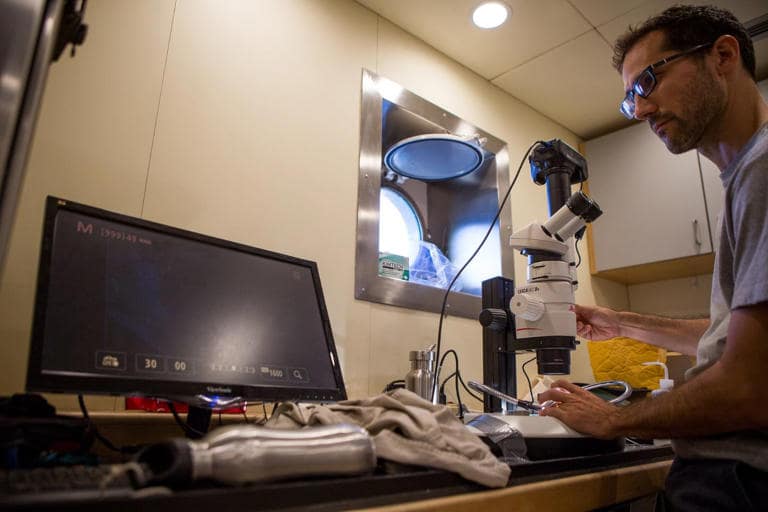
Source: BREEF/Facebook
As we continue to explore and understand our past, we gain not only knowledge but also a deeper appreciation for the complexities and intricacies of human history.
